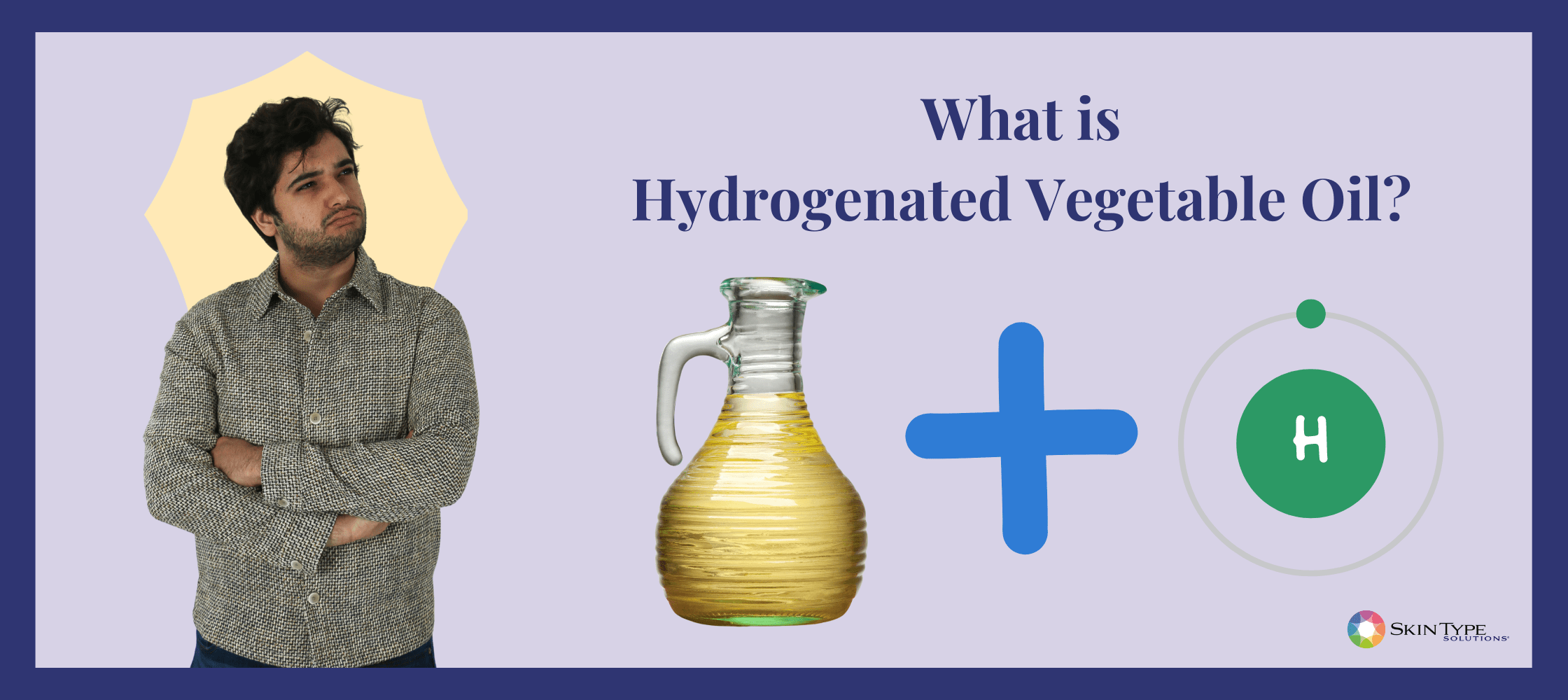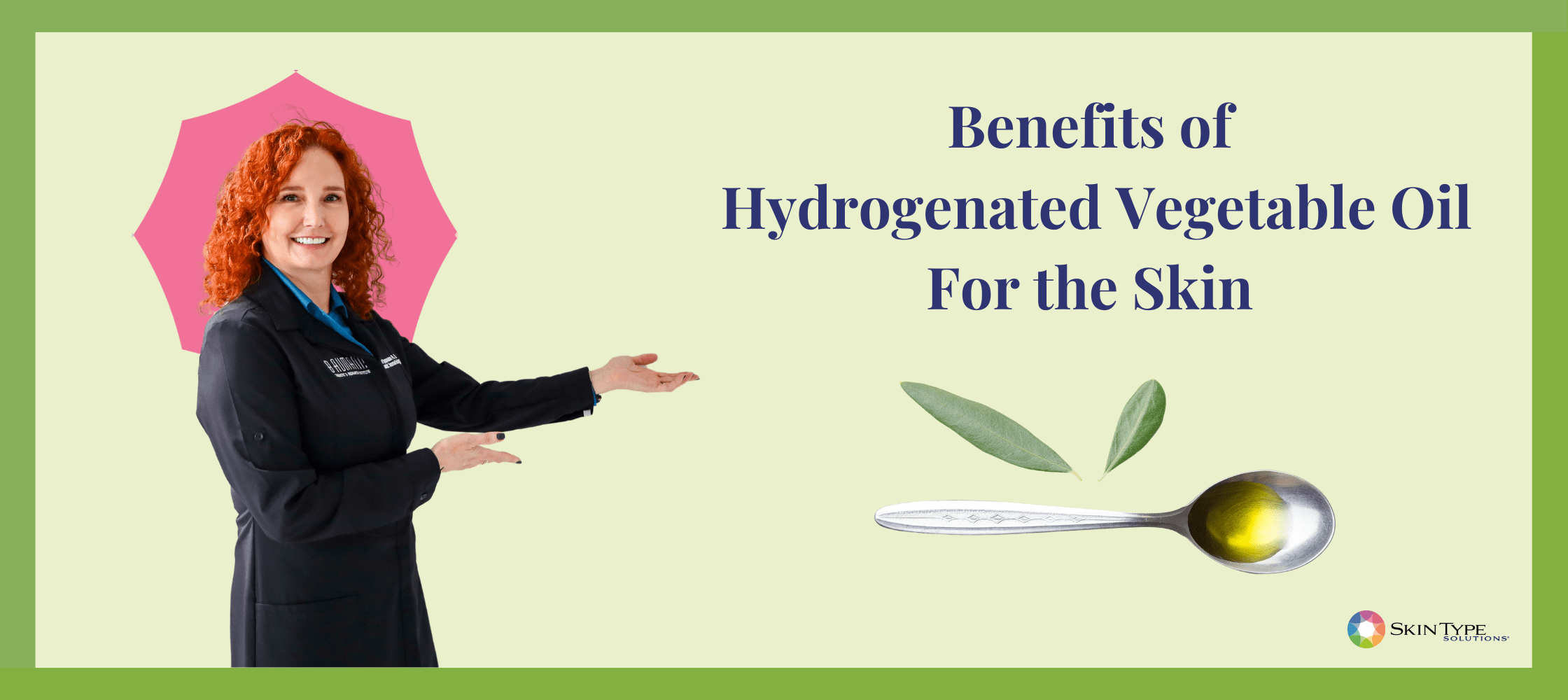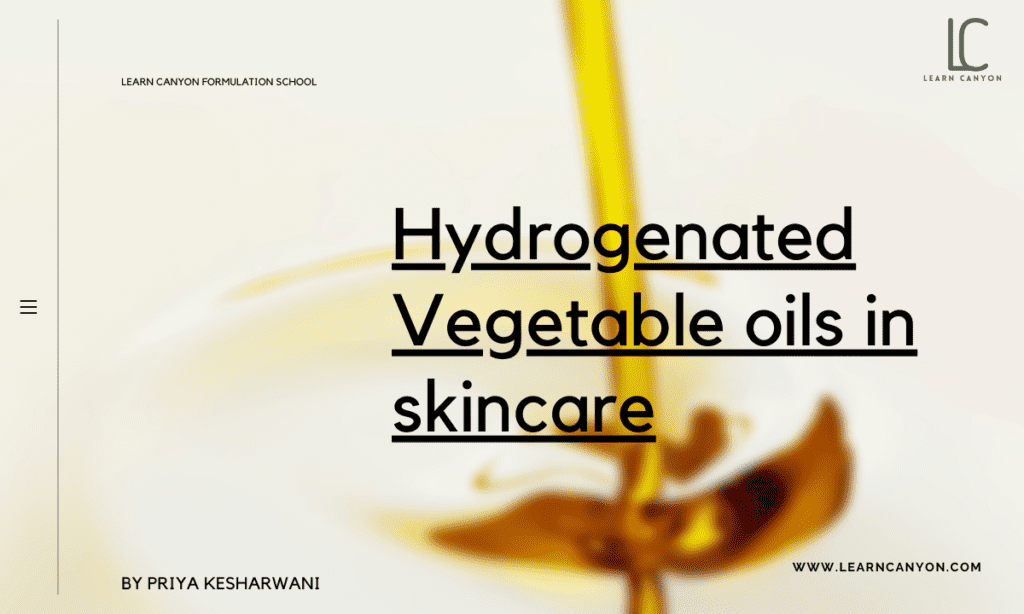So, I’ve been down a rabbit hole with skincare ingredients lately, mostly ’cause I got tired of all the fancy marketing and just wanted to know what I was actually slathering on my face. And that’s how I ended up looking into hydrogenated vegetable oil for skin. Sounds kinda… industrial, right? But it pops up in a surprising number of products.

My First Encounter
I first noticed it on the ingredient list of a super cheap moisturizer I picked up on a whim. I was trying to save some cash, you know how it is. My skin was feeling dry, and I figured, “oil is oil, it should moisturize.” So, I decided to give it a proper go, not just a one-off thing.
The Actual Test Drive
I started using this cream, and others where hydrogenated vegetable oil was high up on the list, pretty consistently for a few weeks. My goal was simple: see if it actually did anything good for my skin. I wasn’t expecting miracles, just basic hydration.
The first thing I noticed was the texture. Stuff with a lot of it tends to feel quite heavy, a bit waxy, almost. It sat on my skin for a while before kind of… well, not really sinking in, more like forming a layer. I thought, okay, maybe that’s the “barrier” effect everyone talks about. Sealing in the moisture, right?
What Happened Next
For the first few days, my skin didn’t feel as tight, which was a plus. I guess that “barrier” was doing something to stop water loss. But then, things started to shift a bit.
- My skin didn’t feel healthier, just… coated.
- It started to feel a bit congested. I don’t usually get a ton of breakouts, but I noticed a few more little bumps appearing, especially around my chin and nose.
- It definitely wasn’t giving me any kind of “glow” or improved texture. Just a slightly greasy film.
Digging a Little (Not Too Deep, Mind You)
This got me thinking. Why was this stuff in so many products if it wasn’t all that great? I did a bit of light reading, nothing too scientific, just trying to get the gist. Turns out, hydrogenating vegetable oil makes it more stable, gives products a thicker texture, and it’s cheap. Ah, cheap. That word again.

It’s basically a way to make liquid oils solid or semi-solid at room temperature. Think margarine, but for your face cream. It can act as an occlusive, which means it forms a barrier, but that’s pretty much it. It doesn’t really offer much in terms of vitamins or an_y_thing actively good for skin cells themselves, from what I gathered in my simple-person research.
My “Aha!” Moment (Or More Like “Oh… Right.”)
My big realization wasn’t some grand scientific discovery. It was more like common sense finally kicking in. I was using this stuff, and my skin wasn’t getting better. It was just… existing under a layer of processed oil. There was no nourishment. No real improvement. Just a temporary fix for dryness that sometimes came with a side of clogged pores.
I remember one particular week, I was stressed, not eating great, and my skin was just blah. I kept slathering on this thick cream with hydrogenated vegetable oil, hoping it would somehow magically fix things. Spoiler: it didn’t. If anything, it just made my dull skin look greasy-dull.
So, Where Do I Stand Now?
Look, I’m not a chemist or a dermatologist. This is just my experience from trying things out on my own skin. For me, hydrogenated vegetable oil is a pass. It feels like a filler ingredient, something to bulk up a product and make it feel rich without actually delivering much benefit beyond basic occlusion. And sometimes, that occlusion is a bit too much for my liking.
I’ve since moved on to other oils and moisturizers that might be a bit more expensive, or just formulated differently, and my skin is much happier. It’s not about spending a fortune, but more about finding ingredients that actually do something positive for my skin, rather than just sit there. I learned that just because it’s “vegetable oil” doesn’t automatically make it a skin superfood, especially after it’s been hydrogenated. Sometimes, simpler, less processed is better. That’s my two cents, anyway.









